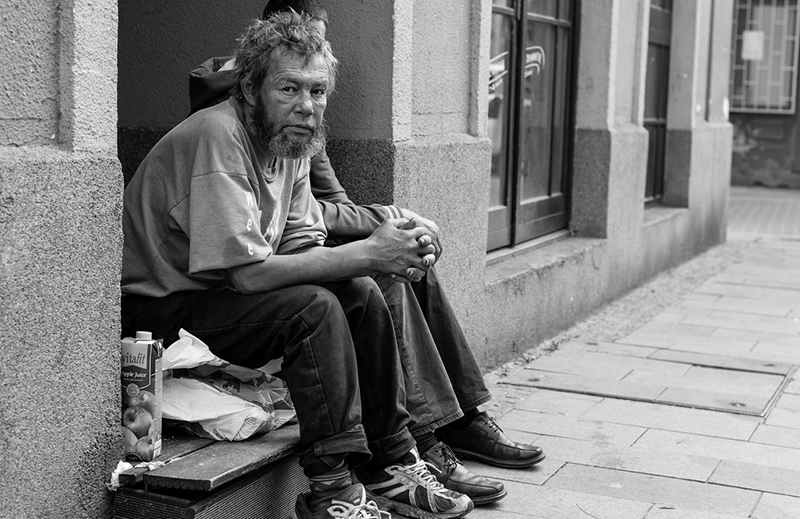Concentrated Poverty on the Rise
Neighborhoods Where 40 Percent or More of the Population Lives Below Federal Poverty Levels Increasing for First Time Since the 1990s
Concentrated poverty is on the rise in the U.S. again, with the number of neighborhoods where 40 percent or more of the population lives below the federal poverty levels of all races increasing for the first time since the 1990s, reports ZME Science.
While general poverty levels only look at how many people live on less than a standard income in a particular place, the concept of poverty concentration takes into account how poverty is spread out throughout an area. Concentrated poverty is a cascading effect of ever-less money available in the community, meaning health services, educational services, and other civic institutions work with reduced efficiency or grind down altogether.
And it’s on the rise in the U.S. for the first time in two decades, according to the Population Research Institute. Researchers point to growing residential separation and isolation of the poor from the rest of American society in metropolitan areas, as well as an overall increase in poverty since the early 2000s as the biggest factors driving this rise.
Not only is the U.S. experiencing a rise in concentrated poverty levels, but it’s also undergoing a shift in who and where is getting the worst of it. The researchers note that the demographics as well as the location of high-poverty neighborhoods has changed since the 1990s. “It used to be thought of as black, inner-city poverty, but now more Hispanics and a higher proportion of whites are living in high-poverty neighborhoods,” researchers not. “They are less likely to be just in the inner core of cities, but oftentimes in inner suburbs.”
The research also found that poverty concentration followed the trends set by overall poverty. The country’s recent economic hardships, such as the 2006–2008 recession, has pushed up individual poverty, neighborhood-wide (social) poverty, and the overall percentage of people and that of poor people living in high-poverty neighborhoods.
Photo: - interact - Unfortunate but rich people via photopin (license)
